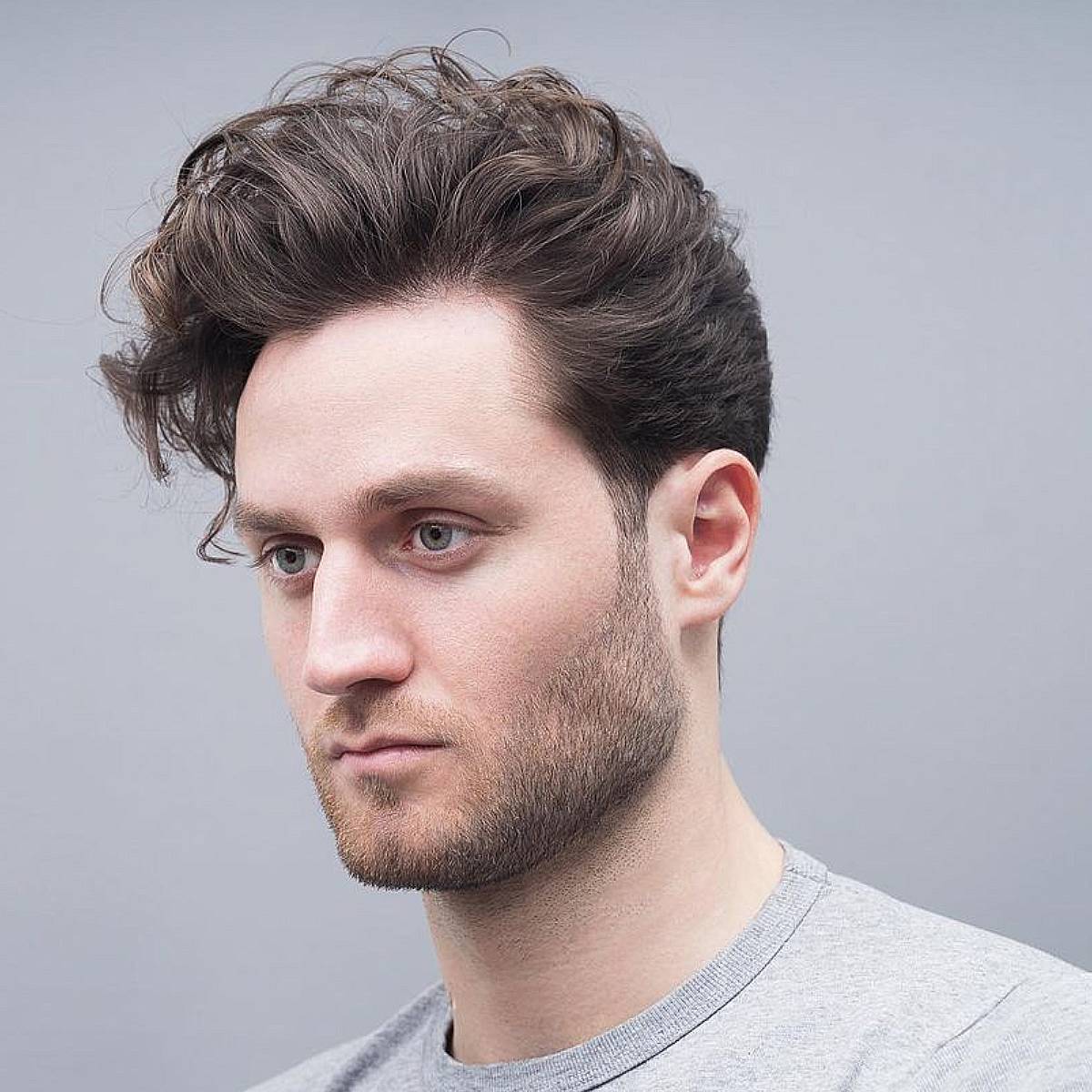Hairdressers as Artistic Curators Molding Community Identity and Connection in New City
Hairdressers as Artistic Curators Molding Community Identity and Connection in New City
Blog Article
Hair salons in New York City are not only locations to get a trim; they function as crucial cultural hubs that help shape community identity and foster connections among residents. These establishments have a rich heritage in city settings, acting as gathering spots where people from diverse backgrounds come togetherness. In many areas, barbershops are often the initial place where individuals can participate in discussions about local issues, exchange stories, and build relationships. This unique role makes barbers not only skilled professionals but also community curators who add to the community fabric of their neighborhoods.
The environment in a barbershop is often vibrant and welcoming, creating a space where clients feel comfortable expressing themselves. Barbers are known for their ability to connect with clients, often engaging in discussions that range from athletics to politics. This engagement helps to create a feeling of belonging among clients, as they discuss their experiences and viewpoints. In many instances, barbershops mirror the ethnic diversity of the areas they support, displaying different haircuts, grooming methods, and even music that resonate with the local click now population. This cultural exchange enhances the experience for all involved and bolsters community ties.
Barbershops also play a significant role in preserving cultural traditions. Many barbers have been trained in specific techniques that are transmitted through ages, guaranteeing that unique looks and methods are not forgotten over time. For instance, certain styles and grooming practices may be linked to cultural background, allowing clients to show their identity through their appearance. By upholding these traditions, barbershops help to keep cultural narratives alive, providing a feeling of pride and connection for local members.
In furthermore to their cultural importance, barbershops often participate in community service and assist local causes. Many barbers take an proactive role in tackling social issues, such as learning and health awareness, by hosting events or providing resources to their clients. This involvement demonstrates a commitment to the health of the neighborhood and encourages a sense of duty among barbers. By using their influence to promote positive change, barbershops become vital players in the community, further solidifying their role as cultural curators.
In conclusion, barbershops in New York City serve as crucial places for cultural exchange, community building, and identity formation. They provide a unique environment where individuals can bond, exchange, and honor their varied backgrounds. As cultural curators, barbers not only shape the way clients present themselves but also influence the broader social dynamics. By recognizing the value of these businesses, we can appreciate the vital role they play in building connections and preserving cultural traditions in urban settings.